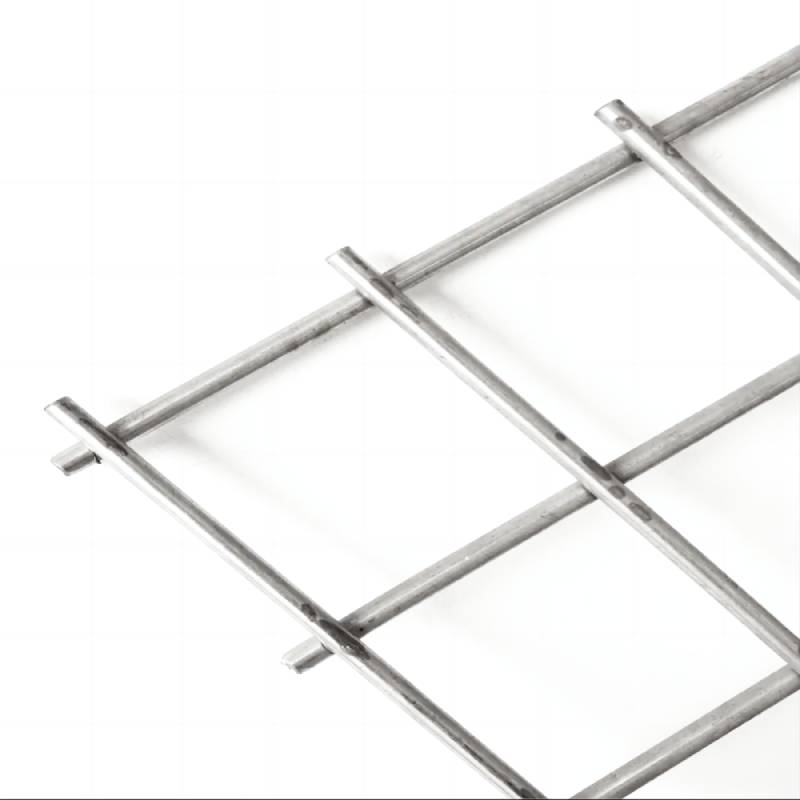Comparing Wire Mesh Dimensions and Costs for Optimal Selection
Understanding Wire Mesh Size and Price A Comprehensive Guide
Wire mesh is a versatile product used in numerous applications, ranging from construction and agriculture to home improvement and industrial projects. One of the key factors that influence wire mesh selection is its size, which includes both the gauge of the wire and the dimensions of the openings. Another important aspect is pricing, which can vary significantly based on a variety of factors. In this article, we will delve into wire mesh sizes and the factors affecting their prices to guide you in making an informed decision.
Wire Mesh Size What to Consider
Wire mesh is categorized by its wire gauge, the size of the openings, and the overall dimensions of the panel. The wire gauge refers to the thickness of the wire used in making the mesh; a lower gauge number indicates a thicker wire. Common wire gauges for mesh are 14, 16, and 18, with 14 gauge being more robust and suitable for heavy-duty applications, whereas 18 gauge is typically used for lighter tasks like pest control.
The size of the openings is equally important. Depending on your specific application, you can choose from a variety of mesh sizes ranging from fine mesh, which has small openings, to larger mesh sizes that allow for greater airflow and visibility. For instance, a fine mesh might be ideal for keeping out small insects, while a larger mesh could be appropriate for fencing that requires visibility and airflow, such as in agricultural applications.
Pricing Factors
The price of wire mesh can vary based on several key factors
wire mesh size and price

1. Material The type of material used in wire mesh significantly impacts its price. Common materials include galvanized steel, stainless steel, and plastic. Galvanized steel is an affordable option, providing good rust resistance, while stainless steel is more expensive due to its durability and corrosion resistance. Plastic meshes are typically the least expensive but may not be as durable.
2. Size and Gauge As previously mentioned, the gauge of the wire and the mesh size directly affect the cost. Thicker wires (lower gauge numbers) and finer mesh (smaller openings) usually come at a higher price due to the additional material and manufacturing processes involved.
3. Application The purpose of the wire mesh also plays a crucial role in determining its price. Specialty meshes designed for specific applications, such as those resistant to chemicals or UV rays, may come at a premium compared to standard meshes.
4. Quantity Purchasing wire mesh in bulk often results in lower prices per unit. Retailers and manufacturers typically offer discounts for larger orders, benefiting those with expansive needs.
5. Manufacturing Methods The process used to manufacture the wire mesh affects pricing. Welded wire mesh tends to be more expensive due to the labor and machinery involved. In contrast, woven wire mesh may offer a more cost-effective alternative.
Conclusion
When selecting wire mesh, it is essential to consider both the size and price in conjunction with the intended application. Knowing the appropriate wire gauge and mesh size, along with understanding the factors that affect pricing, will help you choose the best wire mesh for your needs at a fair price. Whether you are embarking on a construction project, enhancing security around your property, or creating a garden barrier, taking the time to analyze your options will ensure that you achieve the best result without overspending. Always consult with suppliers and consider your specific requirements to make the most informed decision possible.
-
Space-Saving Chain Fence Hacks Vertical Gardening with Cyclone MeshNewsJul.16,2025
-
Innovations in Iron Nail Wire Production for Modern ConstructionNewsJul.16,2025
-
Creative Uses of Wire Netting Fence in Modern Landscape DesignNewsJul.16,2025
-
Barbed Wire Fence Innovations in Anti-Climb TechnologyNewsJul.16,2025
-
Architectural Uses of Umbrella Nails for Aesthetic Roof DesignsNewsJul.16,2025
-
Architectural Uses of Razor Barbed Wire in Secure Urban DesignNewsJul.16,2025




